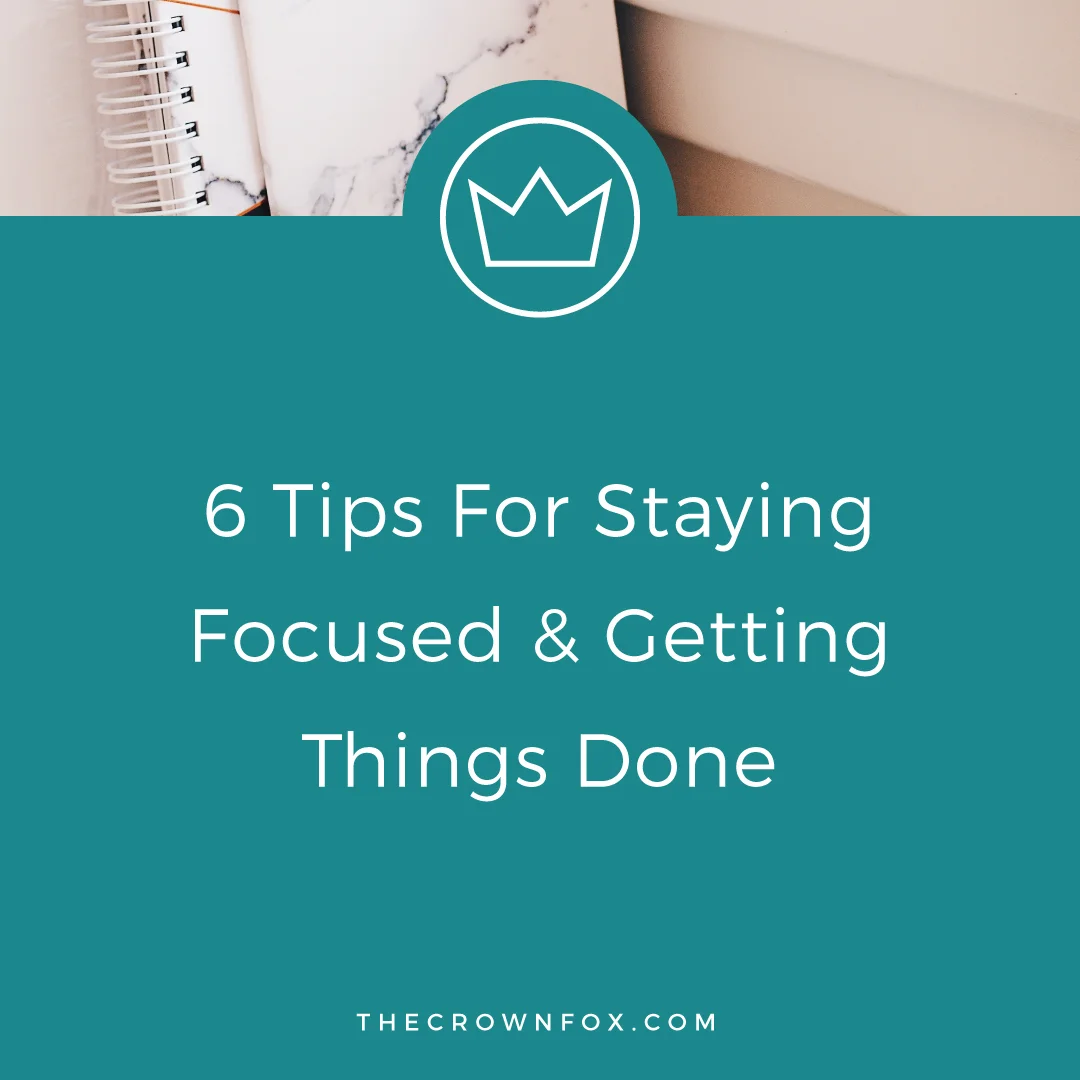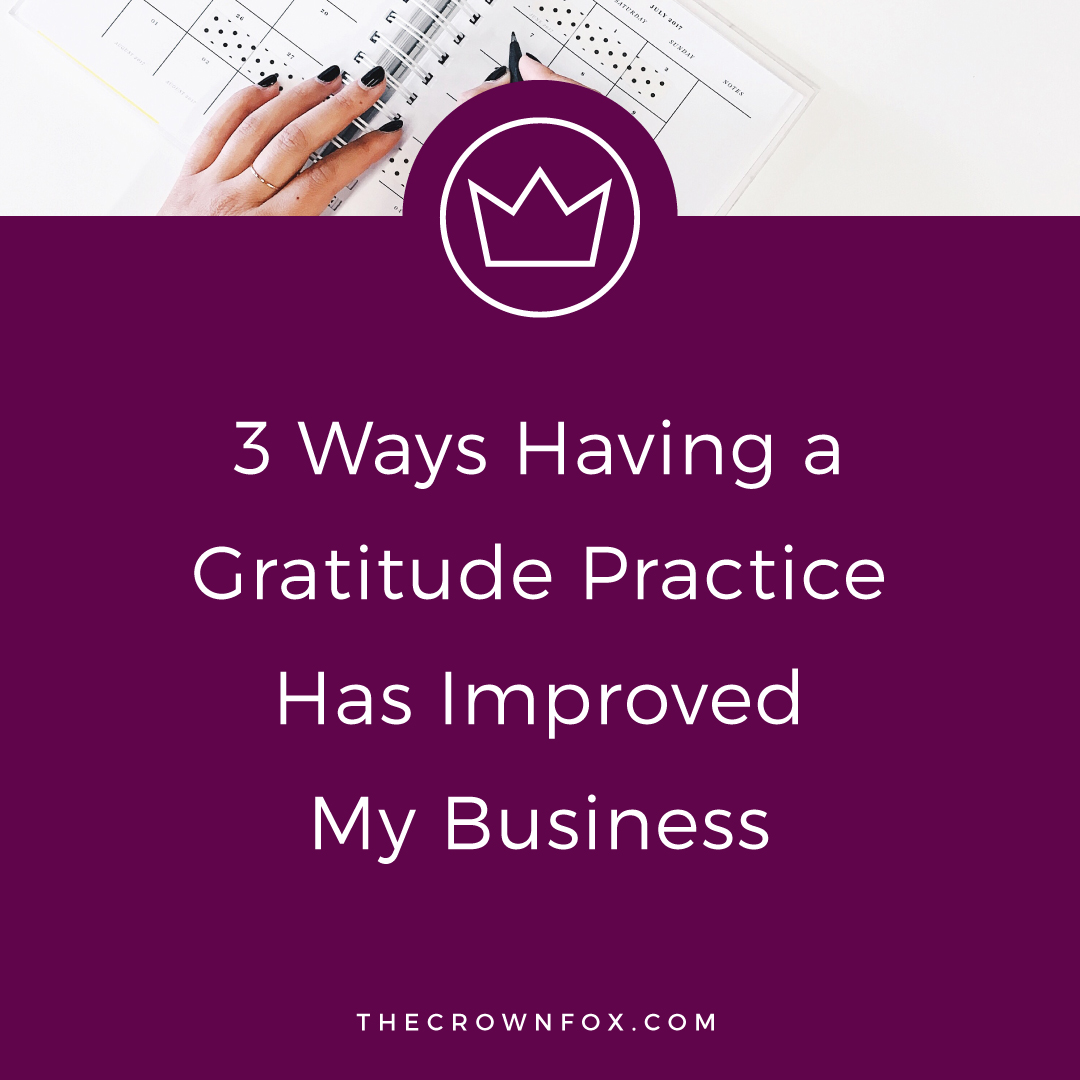If I take a second to reflect over how I ended up here, doing what I do, it all sort of makes sense. In that way where you think, “oh, of course this is what I do. How could I be happy doing something else? The 12 year old in me knew that we’d end up here.”
I say that somewhat light-heartedly but in reality that’s a huge moment of clarity, right? I could get into how peculiar of a child/adolescent I was, and what my hopes and dreams were but that’s probably a little awkward. Instead I’ll leave it at this: it’s no wonder I get to work with a lot of different business owners, doing a lot of different things, from home.
So all of that to say that growing up I had a lot of ideas of what I wanted out of life. I would get very anxious and upset that I couldn’t do them all or that they didn’t make sense together or that there was no clear path (i.e. college degree) to get you there.
As an adult (or whatever you call this) I can say that I still have multiple ideas and passions and things I want out of life. The thing is that now, through this business and the idea of entrepreneurship, I suddenly see how it’s a lot more plausible to have these ideas and make them happen. And it’s still slightly overwhelming, but in that extremely exciting-I’m-about-to-go-on-a-rollercoaster type way.
But how do we make time for everything? I’m not perfect, by any means, but I’ll let you in a little #behindthescenes of my life and how I manage to make time for multiple interests, passions, and ideas.
PICK A PRIORITY
First things first, I highly recommend picking a priority. For me this priority is out of a necessity to pay my bills – so the thing that I can depend on to bring in income and support myself (and my other ventures) is TheCrownFox services. I re-launched not too long ago and building up that steady and reliable income has been exciting and a sigh of relief compared to the ebbs and flows of my business last year. You might pick your priority in another way – but I think it’s important to have the main focus be something that a) you love doing and want to work on and b) can solve the most other issues in your life (i.e. bills).
For some your priority might be your full time job. You might have to focus on that first because there’s a boss breathing down your neck and deadlines. That’s fine! Priorities can and will change – but knowing what gets precedence over everything else is essential when you move into the next steps.
I’d say that common priorities would be your main business (most profitable), or your full time job, or being a parent (if you’re a working-from-home-with-babies parent this is totally your priority – I get it!). Now that definitely means you have other obligations, passions, or projects – and that’s awesome – but whatever your priority is here is the thing that we will schedule and work around. I’d also take a moment to list out your other passion projects or side hustles you want to work on, so that in the next step we can create a timeline for all of those.
For me, this looks like: TheCrownFox services as a priority. A product line, a podcast, and a template shop are all passion projects that I want to pursue over the course of the year, but they are a) not bringing income yet and b) require me to have enough income from my priority to fund. Completely separate from TheCrownFox I also have a food blog I want to start with my partner, so that is something I’ll keep in mind in the next steps.
CREATE A TIMELINE
Knowing your priority and your other projects is a great first step, but next take time to create a broad timeline. We’ll get into specifics later, but first step back and look at the big picture and see what you realistically can make time for in the space of this year (or the remainder of 2017).
For me the list of passion projects started at around 8 ideas (TheCrownFox services, product line, podcast, membership/mastermind, a separate community around the idea of #30daycreate, a freelance designer membership group, a food/cocktail blog with my partner, a template shop, and a local SEO business). I quickly narrowed it down and pulled out things that might come up in the future, but definitely weren’t an option for right now – and that’s how I settled on the priority and passion projects for this year.
Once I had that narrowed down I thought about timelines – TheCrownFox services don’t really apply here, because it’s got the top spot in my to-do list and daily schedule. But, I roughly mapped out the remainder – a podcast before the summer, a food/cocktail blog that is in production during the summer/launch in the fall, a product line launch in the fall, a template shop production all year and launch in the winter. It’s just a rough sketch so I can say, okay, if I want to launch a template shop with 10 templates, I should maybe knock one out a month to be ready, etc. This is pretty loose and in my head there will be no hard feelings if one of these ideas gets pushed into 2018 – they are passion projects after all and not meant to be too overwhelming or intimidating.
FOLLOW A SCHEDULE
After having a more broad view of how to manage my schedule, I then moved into more specific daily/weekly/monthly tasks. I know the daily/weekly tasks required for my priority – things like writing blog posts and newsletters, client work, posting on Instagram, etc. I can allot X number of hours per day to that. But within my schedule I also pull aside a few hours each week to focus on the passion projects in my life too. So Friday’s are a big day for reflection and growth in my business – I like to schedule coffee chats then and take time to really focus on my vision and plan for this business. But part of the day, lately, has also been segmented off to focus on planning out what I need for a podcast and research (since that’s first on my big timeline). I have a rough schedule and due date and just make sure that I spend 2-4 hours on Friday turning away from TheCrownFox work and focusing my attention towards that.
I get how that can be hard! What if you’re so busy and so overwhelmed that 2-4 hours isn’t an option? If you find that to be the case, I’ve got a few thoughts: first, maybe your priority task needs some outsourcing (a VA or something to free up some time). My other thought is – I am not a fan of multitasking, but – I do like to double up on my time like when I am trying to run or go for a walk and get some exercise, I spend that time also brainstorming and thinking through problems. So, maybe there’s a more mundane task in your life that you can use as brainstorm/thinking time for that passion project. Eventually you’ll need to devote actual hours to doing the work/making it happen, but at least in the beginning you can get into the habit of pulling aside even 30 minutes for it.
GET HELP
As I mentioned above, you might find you are low on hours and high on ideas. After you have dwindled down the list to what is practical, I do think the idea of outsourcing so that you can do your best work and be your best self is an amazing goal people should have. Sometimes the money isn’t quite there yet, but even freeing up an hour a week (like finding a social media scheduler VA), means an hour that you can devote to something else – like your passion project.
Other sorts of help might come in the form of a partner. The podcast isn’t something I am doing alone. The food/cocktail blog isn’t something I am doing alone. There is a support system built into having a partner, which is awesome and motivating to do more and find more time.
BE FLEXIBLE
Lastly, I’d like to mention how important it is to be flexible and forgiving of yourself. I think we all tend to be a little to hard on ourselves when things don’t go exactly as planned (myself included). While I get that timelines and deadlines need to exist, remember that your priority needs to take priority and that these passion projects – while yes they are important – are not the end all be all right now. If you really want to work on that side project and launch before the summer, but it ends up launching mid-summer, that’s okay. At least you got around to it and it exists now in the world and can grow.
In all, I hope this encourages you that yes, you can do more than just your main business or focus – but no, it doesn’t need to feel completely overwhelming and stressful. If you want to hear more about my ideas on time, money, and happiness we are diving into it on more personal level in today’s weekly wine down (sign up below)!








Hi! I’m Kaitlyn!
I believe that you can create a life and business you love by listening to your own inner guidance system. I think there's plenty of strategies + hacks to learn and a ton of “how to” content you can consume but ultimately you are your best guide, the best guru, the best compass, and the best source of inspiration! I’m here to help you learn to trust that voice inside, step into your incredible power, and create YOUR dream business + life.
Let’s work together!